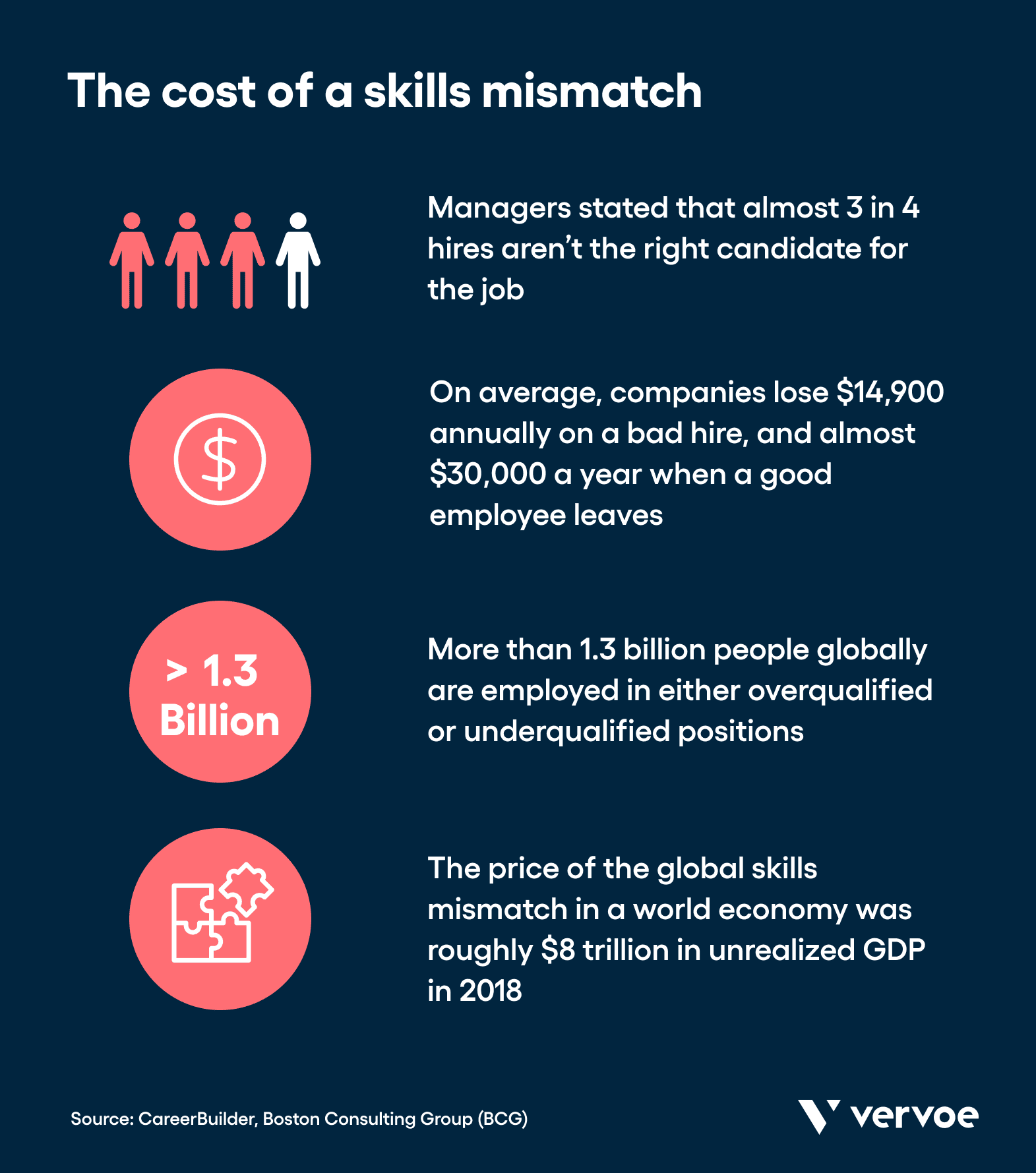The Imago Trap in Recruitment - Why Chasing the Perfect Candidate or Company Can Backfire
In the world of talent acquisition, we often chase an imago - the perfect vision of what could be. Recruiters dream of the imago candidate, the one who fits perfectly into a role, bringing the right mix of skills, experience, and attitude. Candidates, on the other hand, search for their imago company - a place that aligns with their values, ambitions, and career goals.
Like two puzzle pieces waiting to connect, both sides craft an ideal image in their minds. But the real magic happens not when perfection is found, but when expectations evolve, and a great match is built through shared vision and growth. After all, the best hires aren’t just found - they are made.
The word "imago" comes from Latin, meaning "image" or "ideal." But beyond language, it carries a deeper, more psychological weight. In imago relationship therapy, pioneered by Harville Hendrix and Helen LaKelly Hunt, it represents the unconscious blueprint of a partner—a reflection of the caregivers who shaped us in childhood.
According to this theory, we are drawn to romantic partners who echo both the strengths and wounds of our earliest relationships. It is as if, deep down, we seek to heal old patterns through new connections. Love, then is not just about finding someone, it is about recognizing the echoes of our past and learning how to shape a healthier future together.
imago as a part of the recruitment cycle
In recruitment imago represents the idealized vision both employers and candidates create during the hiring process. The challenge lies in bridging the gap between the expectations and reality, turning ideal matches into real opportunities.
🔎 While crafting a job description, employers (often represented by recruiters) outline the qualifications and characteristics they are looking for in an ideal candidate. This description represents the "imago candidate" for the particular role.
🔎 During the screening process recruiters compare applicants' qualifications and experiences against the "imago candidate" profile to determine if they are a good match for the position.
🔎 During an interview hiring managers and recruiters may ask questions designed to assess how closely a candidate aligns with the "imago candidate" profile, including questions about skills, experience, and cultural fit. The final hiring decision is typically based on how closely a candidate matches the "imago candidate" and whether they are the best fit for the organization and the specific role.
It is important to note that the "imago candidate" concept represents an ideal or desired standard and may not always be fully achievable. In the context of an employer looking to fill a job vacancy, having a rigid “imago" can pose several risks and challenges.
drawbacks of rigidly chasing the ideal candidate’s image
💣 It may hugely narrow talent pool, which can be particularly problematic in a competitive job market or for specialised roles where finding an exact match is challenging.
💣 It may cause overlooking candidates with transferable skills, diverse backgrounds, or unique perspectives that could bring fresh ideas and innovation to the organization.
💣 The extended time to hire can result in higher recruiting costs, including advertising expenses and the time and effort spent by recruitment/HR team on the search.
💣 What is more, if the ideal candidate profile is too unrealistic, there is a risk that the selected candidate may not fully meet those expectations. This can lead to dissatisfaction on both sides, as the candidate may struggle to meet unattainable standards and the employer may feel let down.
In reality recruitment should be rarely about finding a perfect match. It is about balancing priorities. Employers and recruiters may focus on the most critical qualifications and competencies while remaining open to candidates who bring unique strengths, fresh perspectives, and unexpected value to the role. The best hires often come from this blend of must haves and game changers.
imago in the candidate’s expectations
Having an ideal image while looking for new cooperation opportunities is not only reserved for employers. It is also a common thing among applicants and prospects who want to face fresh career challenges.
The image of the "perfect" employer can significantly limit the number of job opportunities available to a candidate. The job search process can become longer and more frustrating if you are holding out for an employer that precisely matches your imago. In some cases, candidates may even remain in unfulfilling or unsatisfying roles for an extended period while waiting for their ideal employer to come along, potentially missing out on opportunities for career advancement. To mitigate these risks candidates may strike a balance between their ideal employer criteria and practical considerations.
What can you do if you are a candidate?
- Prioritise core values that are most important to you. These might include company culture, work life balance, growth opportunities, or specific job responsibilities. Not everything is equally important. Decide what is your priority.
- Be open to exploring opportunities with a range of companies including these that may not perfectly match your imago. Sometimes unexpected experiences can lead to rewarding career paths.
- Conduct thorough research on potential employers to ensure they align with your core values and career goals. This can help you make informed decisions during the job search.
- When you receive a job offer, think strategically. Focus on the aspects that are crucial to you while keeping focus on the expectations of your future employer. The collaboration will make sense only when two sides understand each other’s expectations.
- Think of your work as a journey filled with ups, downs, and everything in between. Along the way you will come across different people, face unexpected challenges, and celebrate small (and big) wins. What truly matters is what you take from each experience and how you choose to see it. You can focus on what went wrong or you can recognise the lessons, growth, and opportunities that came with it. In the end the glass is as full as you decide it to be.
- Don't let fear of imperfection stop you from pursuing opportunities. Focus on presenting your strengths, learning from feedback, and seeking roles where you can contribute and grow. It is about aligning your skills and aspirations with a role, not being the “perfect” fit from the outset.
the costs of unrealistic imago
The cost of expectations mismatch can be huge for both job seekers and companies. If a candidate secures a job with their ideal employer but later discovers that the reality does not match their expectations, it can lead to bitter disappointment. When employers hire candidates who lack the necessary skills, they may waste time, money, and other resources on recruitment, training, and onboarding. This can not only strain the organization's budget, byt also reduce productivity.

Source: https://vervoe.com/skills-mismatch/
Let us not forget that employees who feel they are not adequately prepared for their roles are more likely to leave their jobs, which leads to high turnover rates that can disrupt the workplace, increase recruitment costs, and lower employee morale. Even if bridging the skills gap is possible, employers may need to invest in additional training and development programs. While training can be beneficial, it can be costly and time-consuming.
To address the imago mismatch, it is essential for both employers and job seekers to communicate effectively and conduct thorough values and skills assessments during the recruitment process.
what can you do as a recruiter to make the imago more realistic
1. Transparent job descriptions - provide a detailed description of job roles and responsibilities, be specific about the skills and experience required, and include information about the company culture and team dynamics.
2. Showcase real employee stories - share testimonials from current employees about their experiences e.g. a typical day at work, or show career path stories to highlight career progress within the company. Don’t sugarcoat it. Show your company as it really is, with all its ups and downs. Every workplace has its challenges, just like it has its wins. Authenticity builds trust, and people appreciate the real story, not a polished illusion.
3. Authentic visual content - use real photos and videos from your workplace rather than stock images, share behind the scenes content to give potential candidates a glimpse of the work environment.
4. Take care of candidate’s experience - keep transparent communication throughout the whole process. Keep candidates informed at every stage, set clear expectations, and most importantly, ask for their feedback. Understanding how they perceive the process helps you refine it and shows that you value their time and effort, even if they don’t end up joining your team. A well-managed hiring process is not about creating a perfect career page and filling roles, it is about building relationships.
5. Realistic expectations - be honest about the challenges of the job as well as the rewards, provide a realistic view of work-life balance at your company. One of the biggest mistakes recruiters make is overselling the role, painting an idealised picture that does not match reality. If the job comes with tight deadlines or a steep learning curve, say so. If work-life balance varies by season or project, be clear about it. Candidates appreciate honesty. It is better to have someone excited about the real job than someone disappointed by a broken promise.
6. Engage with current employees - regularly ask employees for feedback and implement changes in the job descriptions or recruitment proces based on their input.
7. Transparent compensation and benefits - provide clear information about salary ranges and benefits, and highlight opportunities for career advancement and personal growth.
Applying these tips can help shape a more authentic and realistic hiring vision, the one that truly reflects the company’s culture, values, and the kind of talent that thrives within it.
summary - choose smarter
Being idealistic isn’t a bad thing, but we must balance it with the realities of our goals and the business expectations we face every day. Voltaire's famous words, "The perfect is the enemy of the good," remind us that chasing perfection can hinder progress. Instead of striving for the ideal candidate or the perfect company, perhaps the key lies in collaboration and helping to shape and nurture those qualities together. Prioritize what truly matters.
Mistakes happen - on both sides. A candidate might stumble in an interview, or an employer might realize too late that the job description does not fully capture what the role needs. What truly matters is learning from these moments and refining the process.
For recruiters, it is about looking beyond a checklist and recognizing potential - the ability to adapt and grow within the company. For candidates, it is about seeing each experience as a stepping stone, understanding that the right fit is not always about perfection but about alignment and opportunity. Momentum is key whether you are a recruiter refining the talent search or a candidate navigating your career path, the goal is progress, not flawlessness. In the end it is about finding the best match, not a perfect one.
